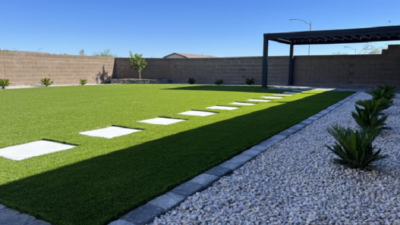In Computer Structure, there are 3 parts:
- CPU (Central Processing Unit)
- Main Memory
- Input/Output
When you get into the depth of the CPU, there are three same parts too…
- Registers
- Control Unit
- Arithmetic and logic unit
This is where I need to start explaining what is a register…
What is a Register?
When you use a computer you need a hard drive or storage drive to use your computer on which everything loads and works…
As you know the CPU runs the computer it processes everything. So, In a Central Processing Unit, the CPU also needs some storage to store commands and to process operations… this is where registers come in to use.
A register is a small unit of CPU that can store any instruction, data or address for processor use.
Whenever you send a command to your CPU it uses a register for temporary storage and process that command.
Types and functions of Computer Registers.
There are various types of computer registers… Such as,
- Data Register.
- Accumulator Register.
- Memory Address Register.
- Memory Buffer Register.
- Program Counter.
- Instruction Register.
- Stack Control Register.
- Flag Register.
- I/O Address Register.
- I/O Buffer Register.
You might also need to know:
Advantages and uses of Assembly Language.
1. Data Register:
A register is used in microcomputers to temporarily store data being transmitted to or from a peripheral.
2. Accumulator Register:
The accumulator register is located inside the accumulator register, It is used during arithmetic & logical operations of the accumulator register.
3. Memory Address Register:
It stores the address of memory where the CPU wants to read or write data.
4. Memory Buffer Register:
This register stores the contents of data or instruction read from or written in the memory. In short, this register is used to store data/instruction coming from the memory or going to the memory.
5. Program Counter:
This register always points to or holds the address of the next instruction to be fetched for execution.
6. Instruction Register:
Once an instruction is fetched from main memory, it is stored in the Instruction Register. The control unit takes instruction from this register, decodes and executes it.
7. Stack Control Register:
The Stack Control Register is used to manage the stacks in memory.
8. Flag Register:
The Flag register is used to indicate the occurrence of a certain condition during an operation of the CPU. It is a special-purpose register with a size of one byte or two bytes.
9. I/O Address Register:
The I/O Address register is used to specify the address of a particular I/O device.
10. I/O Buffer Register:
I/O Buffer Register is used for exchanging data between the I/O module and the processor.










Comments